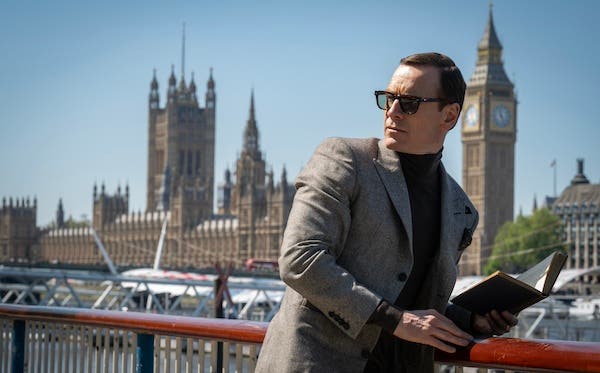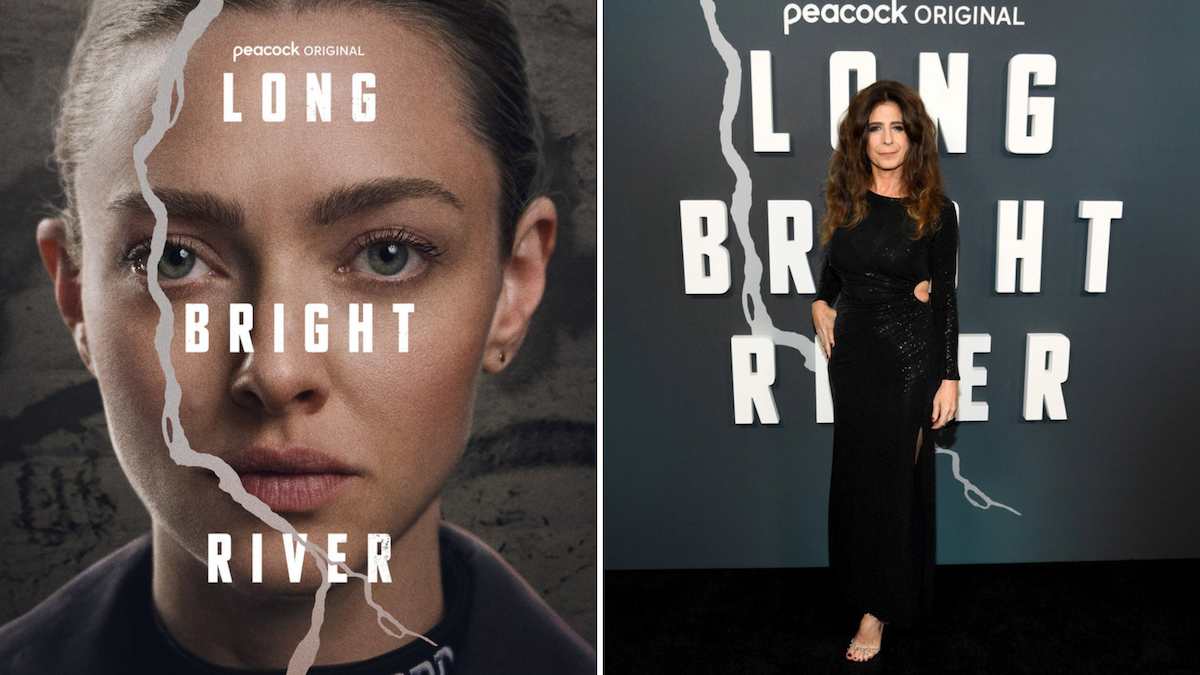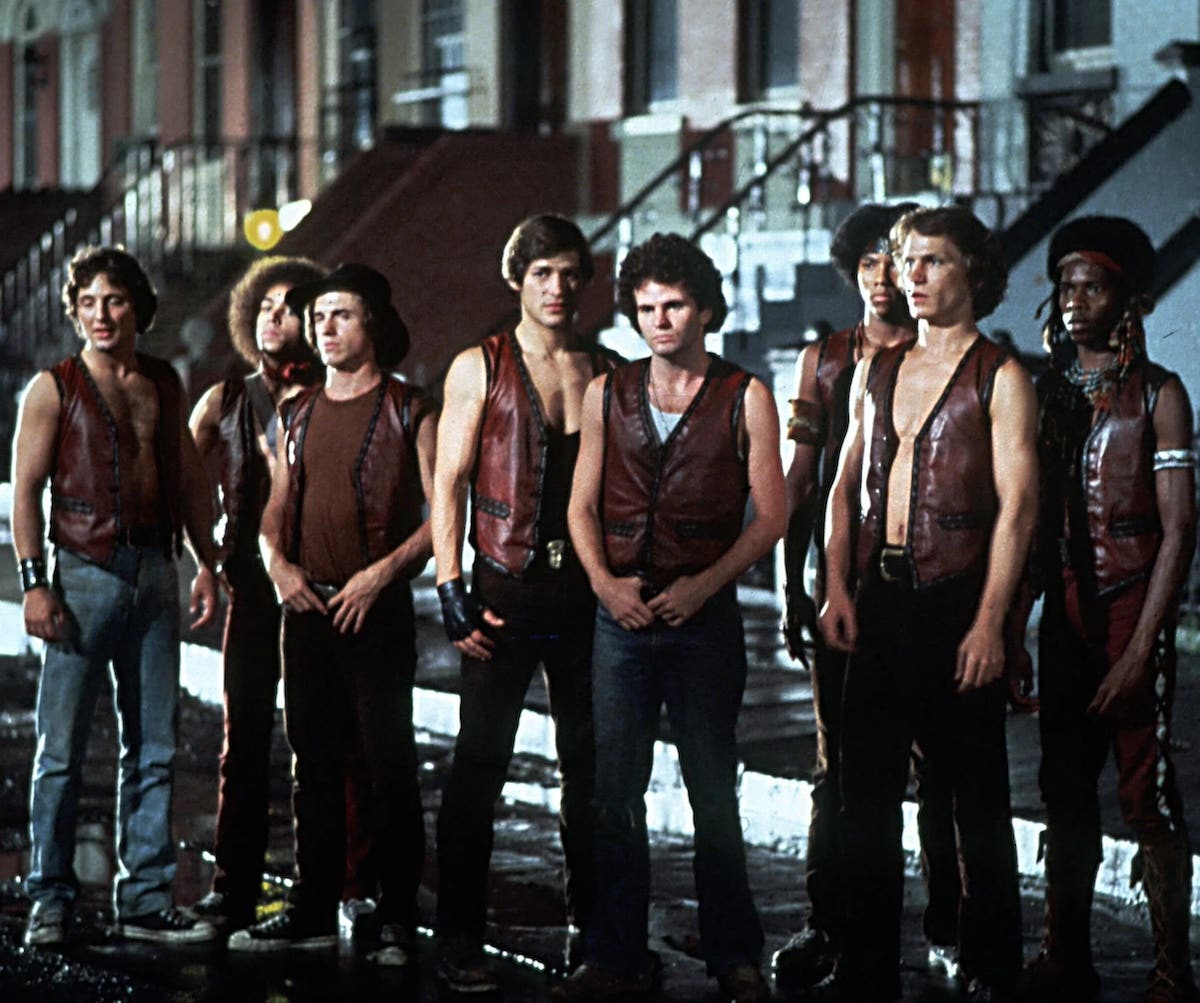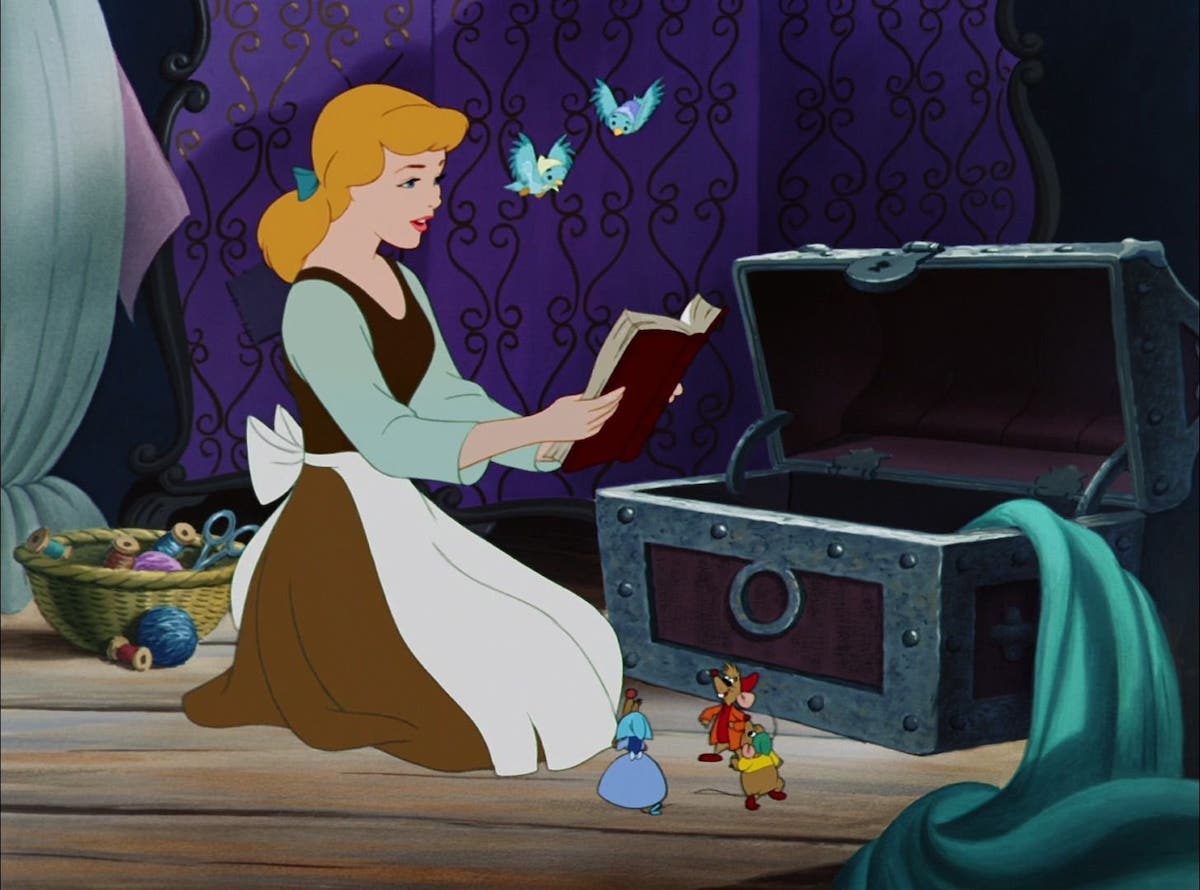Storytelling Strategies: The Lowdown on ‘Gravity’
How does a screenwriter thrill a reader if she doesn’t have special effects at her disposal? In 1840, New York theater audiences were treated to a play called The Earthquake….
How does a screenwriter thrill a reader if she doesn't have special effects at her disposal?
In 1840, New York theater audiences were treated to a play called The Earthquake. It featured rattling furniture, falling walls and collapsing flats. It was followed by The Last Days of Pompeii, which added an animated volcano. Later that year, audiences were treated to The Pirates’ Signal and Yankees in China, which featured large water tanks on stage, on which large, fully-rigged ships were floated, capable of carrying a dozen or so actors. Later in the decade, a staging of The Battle of Waterloo featured fifty horses and a cast of two hundred.
These theatrical experiences had two things in common: One, storytelling was not their strong suit (“they depended far more on the deployment of stage machinery than on acting or writing” according to writer and critic Luc Sante), and two, they made a fortune.
These two characteristics are shared by Gravity (written by Alphonso and Jonas Cuaron), currently in theaters and raking in substantial cash.
These works are part of a long theatrical tradition of the spectacle, dating from the festivals of antiquity, through colossal operatic productions of the nineteenth century and finally incarnated in the cinematic, effects-driven extravaganzas of the twentieth and twenty-first centuries. These spectacles tend to privilege technical wizardry over storytelling wizardry.
Gravity
If the technology featured in Gravity is cutting edge, the storytelling hews to a very traditional approach.
The protagonist is readily identified as Ryan Stone (Sandra Bullock) and her objective is revealed about a third of the way into the picture: get to the Chinese spacecraft. The stakes couldn’t be higher -- life or death.
The act structure is thus readily apparent -- Kowalski’s instructions to Ryan about reaching the Chinese space station -- and his subsequent departure -- mark the end of the first act; her arrival at the Chinese space station marks the end of the second, yielding a third act tension -- will she survive the plunge to earth?
The storytelling employs deadlines -- the debris storm at 90 hour intervals, and, in the end, the pull of gravity on the Chinese space station. These deadlines both intensify the suspense by putting the main character under greater pressure, and signal to the audience, roughly, the duration of the picture. I.e., it lets the audience know the action will not go on indefinitely; if the first debris storm didn’t get them it seems likely the second will.
Such exposition that exists -- it’s minimal -- is drawn out of Ryan by her fellow survivor, Matt Kowalski, who attempts to keep her conscious and focused by asking her about her life -- home town, work situation, family -- on earth. Otherwise, exposition -- as in laying out the “rules” of the world inhabited by the characters -- is carried out as a discovery of how things move in space, and the limitations of humans therein, during the opening.
There is a character arc thrown in -- and it's perhaps the weakest part of the screenplay. Ryan is portrayed as alternatively hysterical, helpless, and clueless for the first part of the picture -- due to some extent, apparently, to the tragic loss of her four year old daughter some years before -- and, with the help of a oxygen-deprived, hallucinatory pep talk by Kowalski, manages to get her mojo back and discover a reason for living.
One problem with this is that it strains credulity to believe that a scientist of her level of accomplishment, who’s gone through the rigors of training necessary to arrive at her position, would so readily fall apart -- and so readily be put together again on the strength of a brief pep talk.
But the bigger problem with the hallucinatory pep talk by Kowalski is that it delivers a very non-hallucinatory solution to Ryan’s problem involving retro-thrusters -- thus providing a deus ex machina solution that undermines the possibility of a truly satisfying resolution to the picture. That is, if the main character can rely on the intervention of a timely hallucination to solve her problem and save her life, was she ever really in danger at all?
Lessons
Gravity is thrilling because of the deployment of technology to provide an unprecedented immersive experience for the audience of low orbital space flight. Its slight plot is effectively put in the service of this technology, and works for a 90 minute, two-character film.
However, aspiring screenwriters, as a rule, don’t have the option of deploying such technology, and thus have to rely on storytelling strategies to impress the readers they need to impress to get their movies to the screen.
In this case, because the character arc and crisis moment at the end of the second act are so closely linked, the deployment of skepticism on the part of the writer would have been very useful. Surely there are more plausible and powerful arcs possible for the main character than transformation from hysterical to level-headed as a consequence of overcoming grief for a lost child.
For example, take the implausibility of having such a highly trained person -- who has presumably been briefed aplenty about possible crisis situations -- and has presumably given plenty of thought to what it would be like to be in such a situation -- being reduced to frequent hysteria when faced with a crisis?
One possible storytelling re-imagining would be that she has not had much training. How can this be justified? Perhaps she has a special, critical skill and was sent aloft on an emergency basis to save the mission (as opposed to the very vague expertise she seems to have repairing "panels"). This lack of preparation could account for the hysteria and incompetence she exhibits when confronted by the the crisis.
Now imagine whatever special skill or knowledge she has that compelled her aloft in the first place also plays an unexpected and decisive role in solving that technological crisis at the end of the second act. Approached this way, the story works without making recourse to a hallucinatory ghost who gives specific suggestions for how to dock the ship, or relying on overcoming grief for a child lost long ago and offscreen somewhere. It's also more economical, because the solution to the main character's problem is embroidered right into the fabric of the story itself, rather than imposed on it by the introduction of new elements (i.e., the lost child and the hallucination).
Meanwhile, the character arc could be re-imagined in a way more germane to the actual subject of the story. This does not seem to be a movie about overcoming past grief. It seems to be about how to overcome fear, or how to cope with pressure or crisis. The best way to solve the problem of character arc would likely be found by exploring the specific circumstances by which she wound up in space in the first place, and what her expectations were -- reluctance? Confidence? Resistance? Fear? Whatever attitude she had at the outset of the mission could be tested during the course of the story.
Brainstorming on such details could easily yield a much more compelling script that is not so dependent upon the deployment of screen technology for its success.
Related Articles:
- More Storytelling Strategies by Paul Joseph Gulino
- Meet the Reader: 12 Signs of a Promising Spec Script
- Screenwriting the Dan O’Bannon Way
Tools to Help:
Paul Joseph Gulino is an award winning screenwriter and playwright, whose credits include two produced screenplays in addition to numerous commissioned works and script consultations, and his plays have been produced in New York and Los Angeles. He taught screenwriting at the University of Southern California for five years, and since 1998 has taught at Chapman University in Orange, California where he is an associate professor. He has lectured and given workshops in the U.S. and Europe and recently guest-lectured at Disney Animation in Burbank. His books include Screenwriting: The Sequence Approach and The Science of Screenwriting: the Neuroscience Behind Storytelling Strategies, co-written with psychology professor Connie Shears. His web site is www.writesequence.com.







